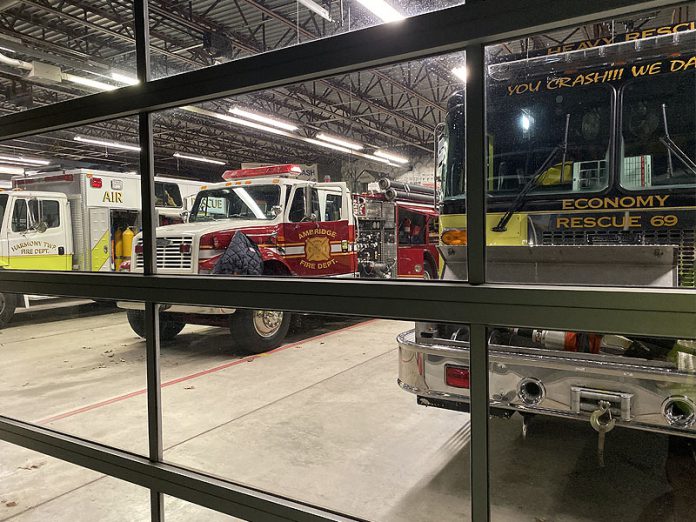Who Will Save Us? A three-part investigative report.
Video Introduction: Sounding The Alarm
Part 1: The Volunteer Firefighter Drain
One volunteer’s weekend illustrates the intense pressure, immense time and constant personal sacrifice required to serve.
Part 2: Free Isn’t Without A Hefty Price
Volunteers grapple with funding and consolidation while sitting on tens of millions of dollars in duplicated equipment.
Part 3: We Pay Police & EMS – Why Not Firefighters?
A look at what can be done to substantively address the problems facing local fire departments.
The borough of Monaca covers a little more than two square miles.
It has about 2,600 households, according to current census estimates.
It’s fair to say it’s a small town.
But Monaca has three independently operating volunteer fire departments, each with its own fire engine, which typically cost up to a half-million dollars each. All three could show up to any fire in Monaca, and they do, said Glenn Rambo, chief of Monaca VFD #1.
How many does the borough need?
“One engine, one department,” Rambo said. “Everybody shows up for everything. We’re running as one department. We should just be one department.”
As Beaver County’s 44 volunteer fire departments struggle with a severe scarcity of those willing to serve, they house a fortune in duplicated vehicles and apparatus: 73 engines alone in its 54 municipalities.
Pennsylvania doesn’t require volunteers to be trained to use the equipment or otherwise, though some VFDs have their own rules. The state only requires its more than 2,500 municipalities to name a designated department. They’re only required to pay for volunteers’ workers’ compensation. Any other funding is optional.
Put all those issues together and the result is that residents can’t be certain of an adequate response to their calls, nor can they know whether the respondents will be trained to help them. In fact, the state doesn’t require volunteers even have criminal background checks, though again some VFDs have their own rules.
A 2018 state Senate commission study touched on all those issues and many more, including department consolidations.
“We can’t keep doing things the way we used to,” said Eric Brewer, the county’s director of emergency management. “The solution is for municipalities to start paying what fire protection costs and regionalize. But taxpayers are going to have to pay for it.
“I think we have to move forward. We don’t need one (station) at every crossroads – especially if they’re not manned.” Mergers need to be considered and legislation regarding training also needs to be implemented, he said.

